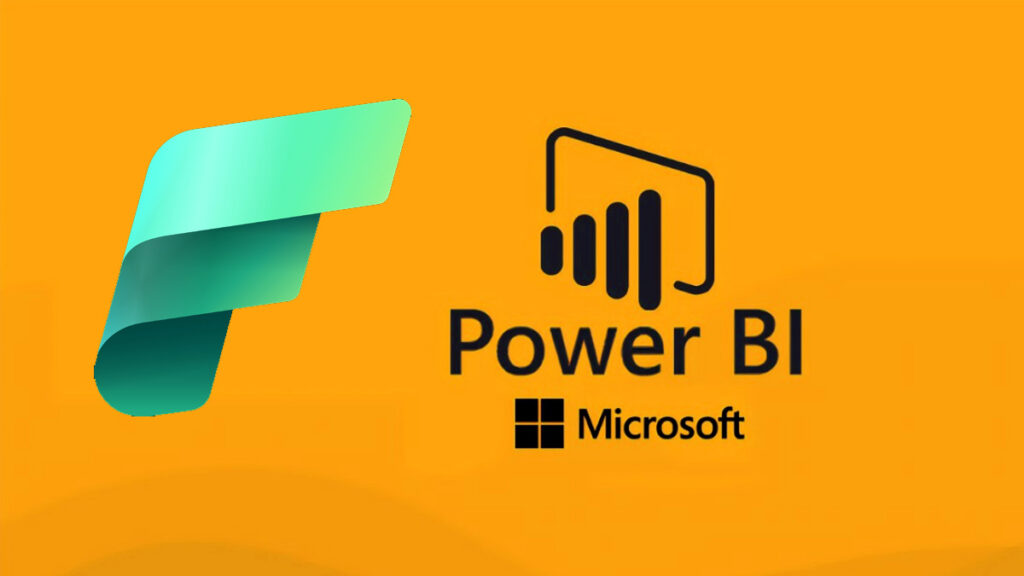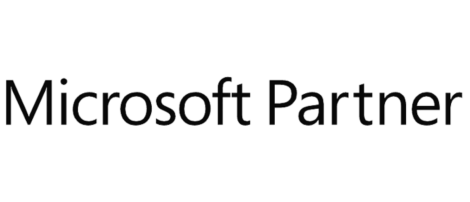In the realm of business intelligence (BI) and data visualization tools, Microsoft Fabric and Power BI stand out as titans, offering a plethora of features and functionalities to streamline data analysis processes. However, when it comes to choosing between the two, making an informed decision is crucial for optimizing efficiency and achieving organizational goals. In this comprehensive guide, we delve deep into the intricacies of both Microsoft Fabric and Power BI, unraveling their strengths, weaknesses, and suitability for various business scenarios.
What is Microsoft Fabric Vs Power BI?
Microsoft Fabric and Power BI serve distinct but complementary roles within the Microsoft ecosystem.
Understanding Microsoft Fabric
Microsoft Fabric, a part of the Microsoft Power Platform, is a robust framework designed to facilitate the development of scalable, enterprise-grade applications. It offers a wide array of tools and services, including Power Apps, Power Automate, Power Virtual Agents, and Power BI. Fabric empowers organizations to create custom solutions tailored to their unique requirements, driving innovation and agility across departments.
Key Features of Microsoft Fabric
Power Apps: Enables the creation of custom applications without extensive coding knowledge, fostering rapid app development and deployment.
Power Automate: Automates repetitive tasks and workflows, enhancing productivity and reducing manual errors.
Power Virtual Agents: Facilitates the development of AI-powered chatbots to streamline customer interactions and support services.
Power BI: Provides powerful data visualization capabilities, allowing users to transform raw data into actionable insights through interactive reports and dashboards.
Unveiling the Power of Power BI
On the other hand, Power BI is a leading business analytics tool that empowers organizations to visualize and analyze data with unparalleled ease and precision. From data preparation to interactive reporting, Power BI offers a seamless experience, enabling users to derive meaningful insights to drive informed decision-making.
Salient Features of Power BI
Interactive Dashboards: Create dynamic dashboards that provide real-time insights and facilitate data-driven decision-making.
Data Connectivity: Seamlessly connect to a wide range of data sources, including databases, cloud services, and spreadsheets, to consolidate and analyze data.
Advanced Analytics: Leverage advanced analytical capabilities, such as predictive analytics and machine learning, to uncover hidden patterns and trends within your data.
Collaboration Tools: Foster collaboration and knowledge sharing among teams with features like Power BI Service and Power BI Desktop, enabling users to author, publish, and share reports effortlessly.
Choosing the Right Solution for Your Business
When it comes to selecting between Microsoft Fabric and Power BI, several factors come into play, including the nature of your business, data requirements, and long-term objectives. Here are some considerations to help you make an informed decision:
Scalability and Customization
- Microsoft Fabric: Ideal for organizations looking to develop custom applications and automate workflows tailored to their specific needs.
- Power BI: Suited for businesses seeking powerful data visualization and analytics capabilities to gain insights from their data and drive strategic initiatives.
Integration and Compatibility
- Microsoft Fabric: Seamlessly integrates with other Microsoft services and applications, providing a cohesive ecosystem for application development and data management.
- Power BI: Offers extensive integration options with popular tools and platforms, ensuring compatibility with existing systems and workflows.
Ease of Use and Adoption
- Microsoft Fabric: Empowers citizen developers and business users to create applications and automate processes with minimal technical expertise, accelerating time-to-value.
- Power BI: Provides a user-friendly interface and intuitive design tools that enable users to create compelling visualizations and reports without extensive training or coding skills.
FAQs: Microsoft Fabric vs Power BI
How are Microsoft Fabric and Power BI related?
Microsoft Fabric and Power BI are related in the sense that Power BI adopts the design principles and components of Microsoft Fabric for its user interface. This integration ensures that Power BI follows Microsoft’s design guidelines, resulting in a cohesive user experience across Microsoft’s ecosystem of products.
What are the key features of Microsoft Fabric?
Microsoft Fabric includes a comprehensive set of design components, guidelines, and tools to facilitate the creation of modern and accessible user interfaces. Its key features include typography, colors, icons, layout grids, and reusable components such as buttons, cards, and navigation bars.
What are the benefits of using Microsoft Fabric in Power BI?
By leveraging Microsoft Fabric in Power BI, users benefit from a consistent and familiar user interface that aligns with other Microsoft products. This enhances usability, reduces learning curves, and improves overall user experience. Additionally, Microsoft Fabric’s accessibility features ensure that Power BI dashboards are usable by people with disabilities.
Can I customize the appearance of Power BI beyond Microsoft Fabric guidelines?
While Power BI adheres to Microsoft Fabric guidelines by default, it offers customization options to meet specific branding and design requirements. Users can customize colors, fonts, and styles to align Power BI dashboards with their organization’s branding while still maintaining consistency and accessibility.
Is there a difference in functionality between Microsoft Fabric and Power BI ?
Yes, there is a fundamental difference in functionality between Power BI and Microsoft Fabric. Power BI primarily focuses on data analytics and visualization, enabling users to analyze and derive insights from their data. On the other hand, Microsoft Fabric is a design system focused on providing guidelines and tools for creating user interfaces
Can I use Microsoft Fabric components outside of Power BI
Yes, Microsoft Fabric components are not exclusive to Power BI and can be used in other Microsoft products, as well as in custom applications and websites. Microsoft provides documentation and resources for developers to integrate Fabric components into their projects, ensuring consistency with the broader Microsoft design language
Final Wording
Both Microsoft Fabric and Power BI offer powerful solutions for organizations seeking to harness the power of data and drive business growth. While Fabric excels in application development and process automation, Power BI shines in data visualization and analytics. Ultimately, the choice between the two depends on your unique business requirements, objectives, and technical capabilities. By carefully evaluating these factors, you can select the solution that best aligns with your organization’s needs and empowers you to unlock the full potential of your data.



